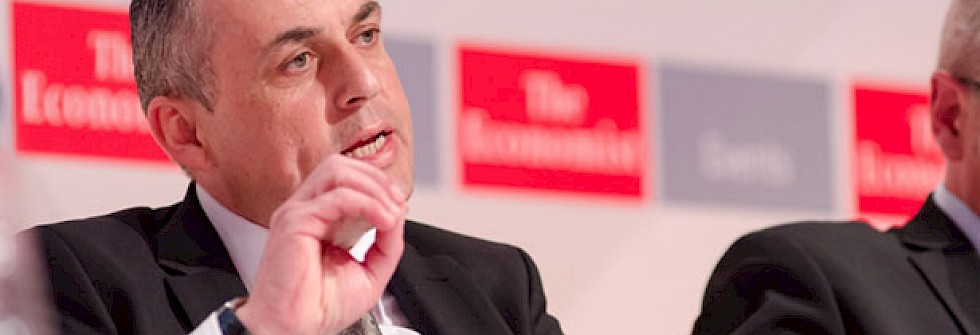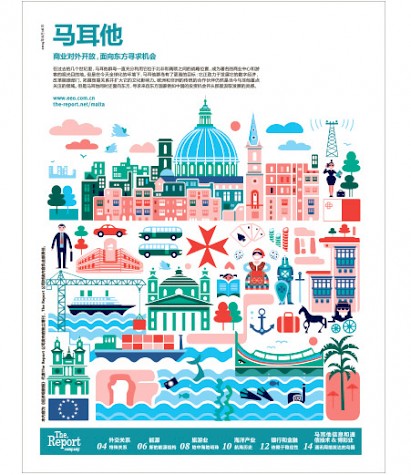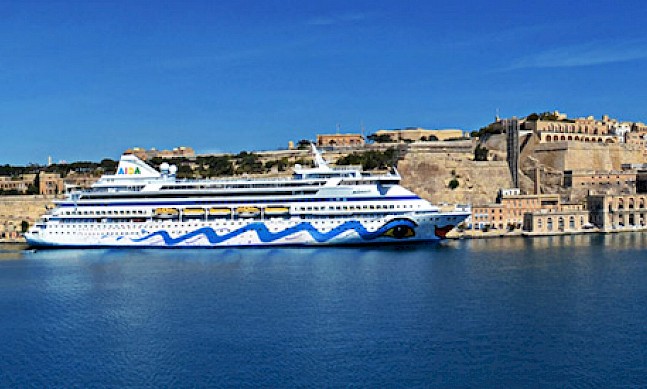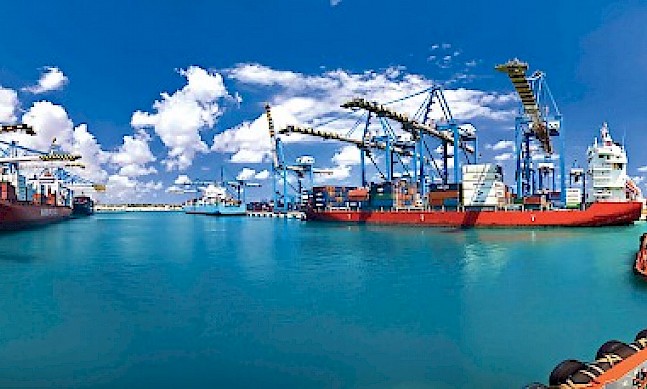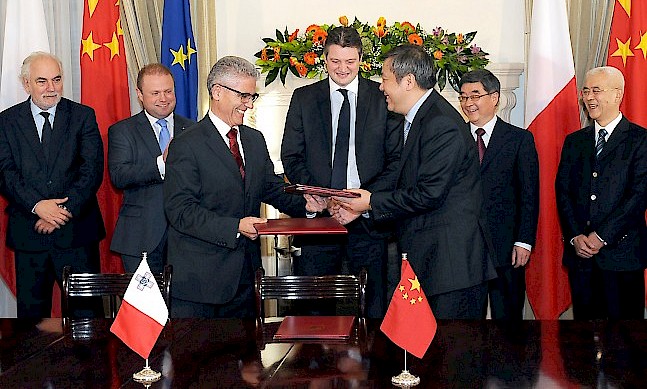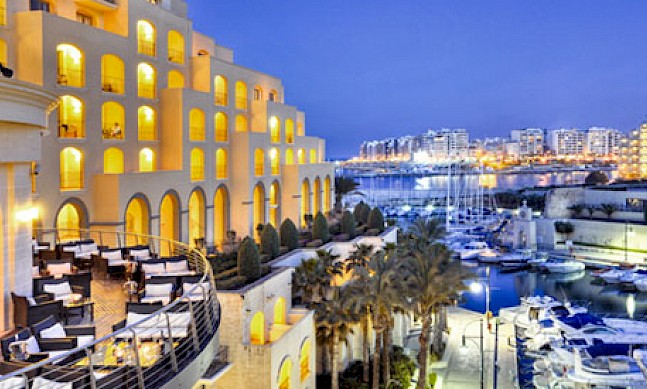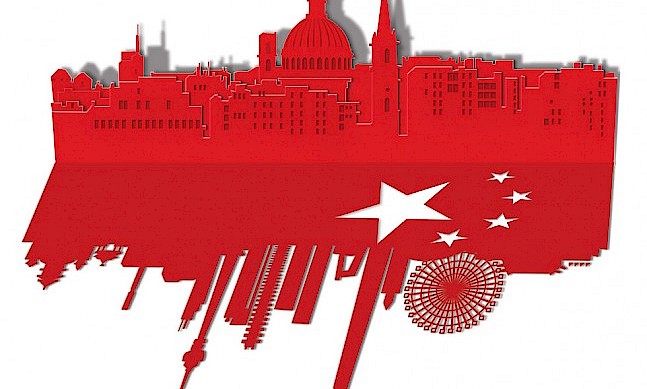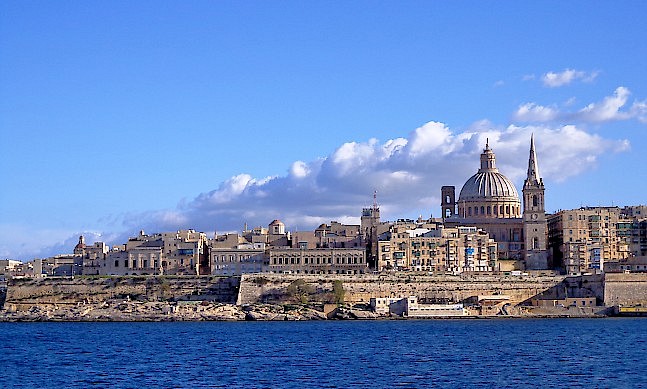The Malta Information Technology Agency (MITA) is the central driver of the Maltese government’s ICT policy. Tony Sultana, who was appointed chairman in April 2013, has 20 years’ experience within the agency, and is spearheading its work towards a national strategy on the digital economy. He met with The Report Company to discuss Malta’s ICT sector and how he plans to close the digital divide within Maltese society.
The Report Company: What is MITA’s role within the ICT sector?
Tony Sultana: The Malta Information Technology Agency derived from a previous entity which was called Malta Information Technology and Training Services. It was a private limited organisation but with the shareholder being the government. Now the status has changed to an agency, which gives us more opportunity to work closer with government especially on EU projects.
As regards the type of services we do, it’s not just ICT. It’s reforming ICT, in the sense that we provide consultancy to government agencies and other entities. Following the consultation that we do, we help the department to issue a tender if that particular project is going to be outsourced. What we push and strive to do is that the tender is issued by the department themselves so that we have the right ownership. We support the activities. We don’t just give consultancy; we take an active role to implement what needs to be done. We do the project management, we give technical guidance, advice, education on the tenders and then see the project up to the implementation stage.
After the implementation stage, we enter another mode: that of supporting the initiative. We support the infrastructure and the IT solution at through our data Centre.. We provide maintenance and support service 24/7, both in terms of incident and call centre and in terms of monitoring. We don’t need to receive a call to take action. Apart from listening to service calls we see what is happening through our monitoring systems and we take proactive action.
Another part of MITA’s core competence relates to the fact that a lot of information is being gathered. This information has to be stored securely somewhere and we have built a state-of-the-art data centre which in 2012 won the DatacenterDynamics EMEA Award. In 2013 we were again nominated for the award. Nowadays MITA is being considered as a databank for government. All the information of government systems be it taxation, social services, transport or health, is in those servers so you can imagine the level of security and availability that we need. MITA is basically the IT arm and the Databank for government.
“The strategic plan that we have is based on three main pillars: digital citizen, digital business and digital government. Throughout this strategic plan there are many activities and actions that will be taken to get government services very close to the citizens.”Tweet This
TRC: Within Maltese society how are you encouraging people to get involved in ICT?
TS: In May 2013, the government mandated MITA to work on a strategic plan, and within this mandate we specifically had the terms to have a national strategy on digital economy. The aim is to look at how information technology can help in the economy. The terms of reference emphasised three aspec
TS: to take care of the citizens, to leverage the business community and to have a better government for the citizens.
The strategic plan that we have is based on three main pillars: digital citizen, digital business and digital government. Throughout this strategic plan there are many activities and actions that will be taken to get government services very close to the citizens. The main enablers to this strategy are the legislation framework that we need to do, changes to the information infrastructure framework, and then there’s the ability of the citizens to use the services.
We have a very goof eGovernment services, but unfortunately sometimes we are lacking the uptake. We need to have programmes and incentives, telling the citizens they don’t need to go to Valletta to get the service from government. They can do it from their home, but we need to tell them how to use it. Apart from awareness,we also need to simplify the process, so we need to provide very simple IT on-line services. Other incentives that government is looking at are to put as much as possible online services on mobile applications.
The main vision is to create a digitally-enabled Malta which can use technology within all the sectors. This vision takes us up to 2020, in line with the European Union’s IT strategy, known as the digital agenda. One concern that might arise is that if technology is advancing at a rapid stage, how can you have a strategic plan which takes you to seven years? The answer to that is that we have devised this strategic plan not to be static. This is going to be reviewed every year. There is an overall vision and a overall strategic principles. We have drafted the detailed initiatives for the first year and then in March next year we will do the second set of initiatives, because technology changes. What is state of the art today might not be tomorrow. Further still, we might use technology which has not yet been invented.
“The main vision is to create a digitally-enabled Malta which can use technology within all the sectors. This vision takes us up to 2020, in line with the European Union’s IT strategy, known as the digital agenda.”Tweet This
TRC: What are the key elements that are going to reform the ICT sector in Malta?
TS: We will do what we call digital outreach. We will go out and explain to people and set up initiatives to help all citizens with how to use IT. The second thing we will do is to push people not just to use typical laptops and PCs but to use mobiles and to be courageous enough to use unstructured things like social media. We also have to make sure with regard to citizens that we bridge the digital divide. There are minority groups and vulnerable groups that cannot use technology. That is wrong so we are making sure we bridge as much as possible the digital divide. We are working on a series of programmes making internet and ICT easily accessible to the public.
One of the main initiatives of this government is to have a wifi state where there will be free wifi in public places.
As regards to the other pillar, the government one, the government is planning to have one-stop shops across the island where people can go there with the concept of you “ask only once” for whatever government service you may need.
With regard to business, we are planning not only to have more ICT companies but to help organisations and companies that are not ICT oriented but that need ICT as a strategic tool to help them in their business. We are going to give priority to research and innovation. The government is launching an innovation centre in Smart City because we need to give importance to strategic alliances. While the Maltese government rates top in Europe as regards to online services, when it comes to innovation we don’t rate that highly so this is a priority.
TRC: How can Malta boost its ratings internationally within the ICT sector?
TS: We rate at the top in the European Union, but we rate 28th globally out of 128 Countries (Source: World Economic Forum), which is actually very positive for a country as small as Malta but we aim to improve that by introducing a lot of other services that currently are not computerised. The other thing we are going to do is that the online services that are already in place, but we need to make them easier to access.
TRC: Do you see opportunities to reach out to other markets?
TS: We will try to pull in investment by promoting Malta as a digital hub. Malta can do business with both the north and the south of the Mediterranean. We don’t want to do business only with Europeans but globally, meaning places like China and Singapore. We are in fact having very good discussions with organisations from China, particularly Huawei, because they want to be part of this innovation centre. They are very enthusiastic. Hopefully we will end up with a good partnership.
“We will try to pull in investment by promoting Malta as a digital hub. Malta can do business with both the north and the south of the Mediterranean. We don’t want to do business only with Europeans but globally, meaning places like China and Singapore.”Tweet This
TS: MITA is involved in two aspects. On one hand we have a team dedicated to implement a ICT Programme based on eLearning initiatives across all state schools, and on the other hand MITA is highly involved in bridging the gap between the skills being produced at school to what skills are required in the industry. MITA has proposed the e-skills Alliance concept where a set of co-founders have contributed to set up a Foundation focussing on this issue. This discusses the gap between what’s being taught at the curriculum level and what is being required by industry and works to narrow that gap.
TRC: What can be done to increase female participation in the ICT sector?
TS: Last year we did a study and we noticed that for every five males in the sector, there was only one female. This is not right, so we started taking an active role in this. Last summer we introduced various initiatives and we found that when you give the opportunity to girls, the product is as good as the product from the other gender.
We are also having discussions both with the university and MCAST to give more importance to the ICT sector. One initiative that we’re going to do starting this coming September is to give more experience to the lecturers especially the female lecturers. We’re arranging with MCAST to have their lecturers spend two or three weeks working with us before they start their scholastic year, so that when they go and teach the subject, it’s not just academics, but they have witnessed it and they are part of it. We are also going to do student placement schemes that give the opportunities to students to appreciate the difference between the school bench the work bench. Last year we brought 300 students to MITA and to government departments for three months during their summer holidays. They work with us, they get paid, but most of all they get a lot of exposure.
TRC: What is the main objective you would like to achieve in your time in your role?
TS: I want to see that the government is successful in this strategy that they mandated us with. As regards internally, I want to make sure that employees feel part of this reform and enjoy working in this environment. As regards to myself, in the future, I would like to tell my children that I was part of this Digitally Enable Nation.
